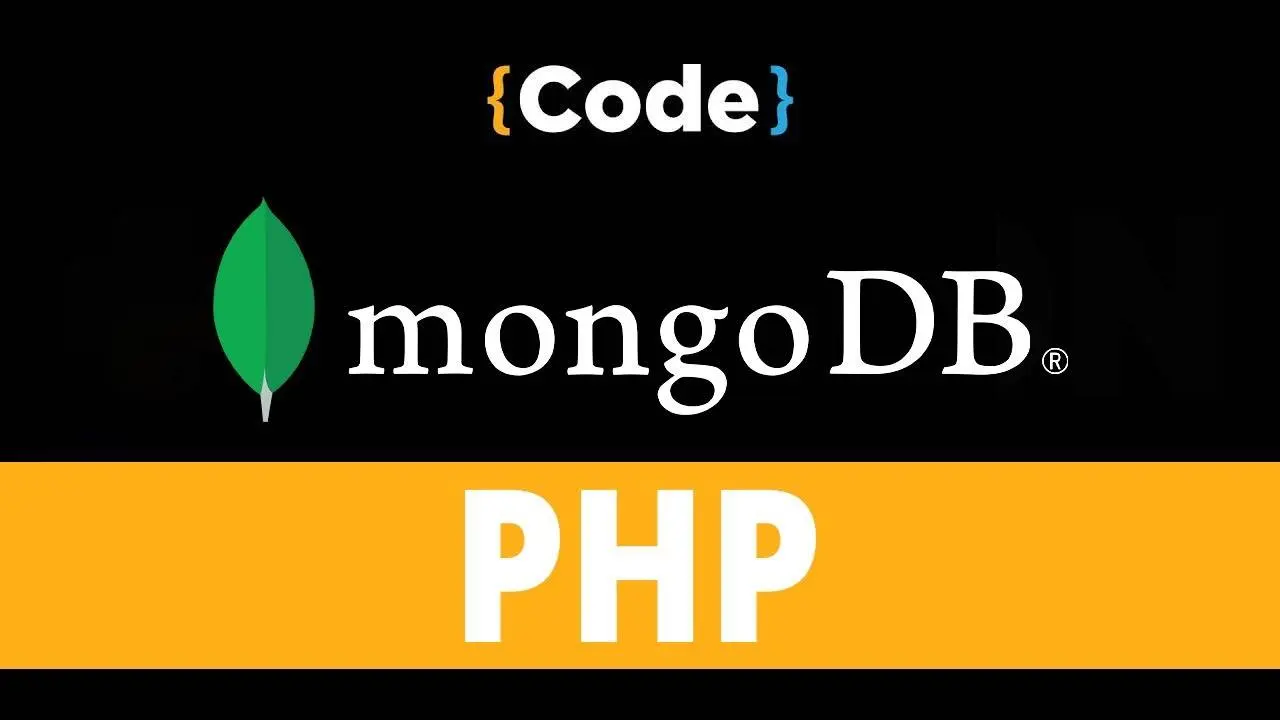Using MongoDB with PHP: A Step-by-Step Tutorial for Beginners
Are you looking to build dynamic, scalable web applications with a NoSQL database? MongoDB’s flexible, document-based structure pairs seamlessly with PHP to create robust backend systems. In this comprehensive PHP MongoDB tutorial, you’ll learn how to integrate MongoDB into your PHP projects, from setting up the environment to performing CRUD (Create, Read, Update, Delete) operations. Whether you’re a beginner or an experienced developer, this guide will help you master MongoDB PHP integration for your web projects.
What You’ll Learn in This PHP MongoDB Tutorial
By the end of this guide, you’ll know how to:
- Install and configure MongoDB and its PHP driver.
- Connect PHP to MongoDB.
- Perform CRUD operations with PHP.
- Handle errors and optimize database queries.
- Apply best practices for secure database integration.
Let’s get started and build something great!
Why Combine MongoDB and PHP?
MongoDB is a leading NoSQL database that stores data in JSON-like documents, perfect for modern web applications. PHP, a widely-used scripting language, complements MongoDB’s scalability with its simplicity and community support. Together, they enable efficient, data-driven applications. This tutorial shows you how to leverage this powerful combination.
Prerequisites
Before starting, ensure you have:
- A PHP environment (PHP 7.4 or later recommended).
- MongoDB installed locally or a cloud-based instance (e.g., MongoDB Atlas).
- Composer for managing PHP dependencies.
- Basic knowledge of PHP and databases.
For more resources, visit the official MongoDB PHP driver documentation.
Step 1: Set Up MongoDB and the PHP Driver
To begin building applications with MongoDB and PHP, install MongoDB and its PHP driver.
Install MongoDB
Download and install MongoDB from the official website or use a package manager:
- Windows/Mac: Follow the MongoDB website’s installation guide.
- Ubuntu: Run
sudo apt-get install mongodb. - macOS: Use
brew install mongodb-community.
Start the MongoDB server with:
mongodInstall the MongoDB PHP Driver
The MongoDB PHP driver enables communication with the database. Install it via Composer:
composer require mongodb/mongodbVerify the setup with this PHP script:
<?php
require "vendor/autoload.php";
echo "MongoDB PHP driver installed!";Run the script to confirm the driver is working.
Step 2: Establish a PHP MongoDB Connection
Let’s connect PHP to MongoDB. Create a file (e.g., connect.php) with this code:
<?php
require "vendor/autoload.php";
use MongoDB\Client;
try {
$client = new Client("mongodb://localhost:27017");
echo "Connected to MongoDB successfully!";
} catch (Exception $e) {
echo "Connection failed: " . $e->getMessage();
}This connects to a MongoDB instance on localhost:27017. For MongoDB Atlas, use your Atlas URI (e.g., mongodb+srv://username:password@cluster0.mongodb.net).
Step 3: Performing MongoDB CRUD Operations with PHP
Let’s explore CRUD operations using a sample database called blog with a posts collection.
Create (Insert) Data
Insert a document into the posts collection:
<?php
require "vendor/autoload.php";
use MongoDB\Client;
$client = new Client("mongodb://localhost:27017");
$collection = $client->blog->posts;
$post = [
"title" => "My First Post",
"content" => "This is a sample blog post.",
"author" => "John Doe",
"created_at" => new MongoDB\BSON\UTCDateTime()
];
$result = $collection->insertOne($post);
echo "Inserted document with ID: " . $result->getInsertedId();This inserts a document and returns its unique ID.
Read (Query) Data
Retrieve documents using the find method:
<?php
require "vendor/autoload.php";
use MongoDB\Client;
$client = new Client("mongodb://localhost:27017");
$collection = $client->blog->posts;
$posts = $collection->find(["author" => "John Doe"]);
foreach ($posts as $post) {
echo $post["title"] . ": " . $post["content"] . "<br>";
}This queries posts by “John Doe” and displays their title and content.
Update Data
Update a document with the updateOne method:
<?php
require "vendor/autoload.php";
use MongoDB\Client;
$client = new Client("mongodb://localhost:27017");
$collection = $client->blog->posts;
$result = $collection->updateOne(
["title" => "My First Post"],
["$set" => ["content" => "Updated content for the blog post."]]
);
echo "Updated " . $result->getModifiedCount() . " document(s)";This updates the content of the post titled “My First Post”.
Delete Data
Delete a document with the deleteOne method:
<?php
require "vendor/autoload.php";
use MongoDB\Client;
$client = new Client("mongodb://localhost:27017");
$collection = $client->blog->posts;
$result = $collection->deleteOne(["title" => "My First Post"]);
echo "Deleted " . $result->getDeletedCount() . " document(s)";This removes the post titled “My First Post”.
Step 4: Error Handling and Best Practices
When working with MongoDB and PHP, follow these best practices:
- Error Handling: Use try-catch blocks to manage connection or query errors.
- Connection Management: Reuse the MongoDB client instance to avoid redundant connections.
- Indexing: Create indexes on frequently queried fields for performance.
- Security: Store sensitive data like connection strings in environment variables and enable MongoDB authentication.
Example of indexing:
<?php
$collection->createIndex(["author" => 1]);
echo "Index created on author field";Step 5: Testing Your Application
Test your application in a local server (e.g., XAMPP or Laravel’s Artisan server). Use MongoDB Compass or the mongo shell to verify data operations.
Conclusion
This PHP MongoDB tutorial covers integrating MongoDB with PHP, from setup to CRUD operations. With these skills, you can build scalable, data-driven applications. MongoDB’s flexibility and PHP’s ease of use make them a great pair for web development.
Want to learn more? Explore topics like aggregation pipelines or MongoDB Atlas in our other guides.
Discover more tutorials to level up your development skills!


